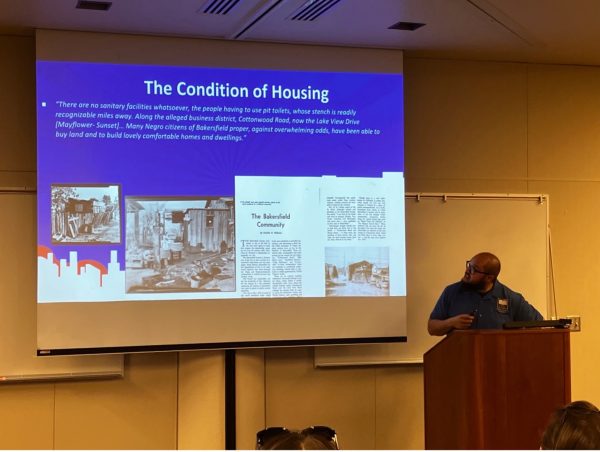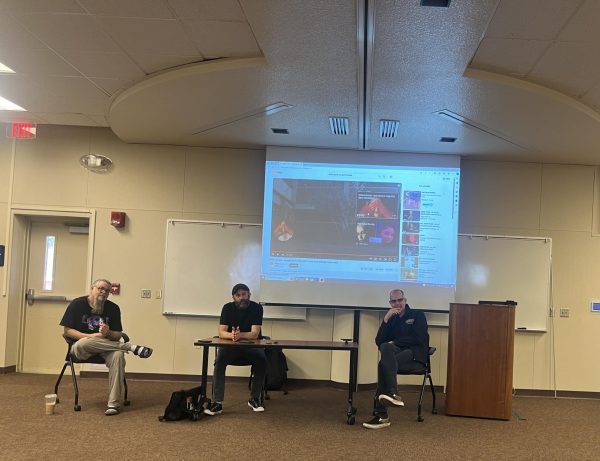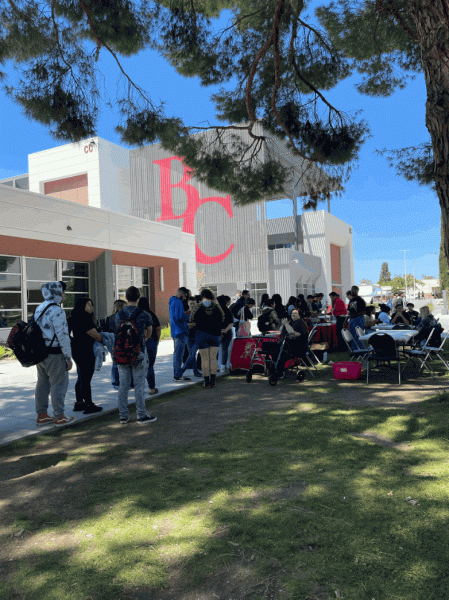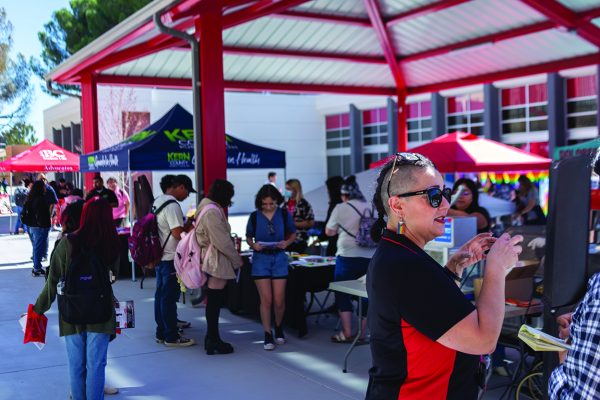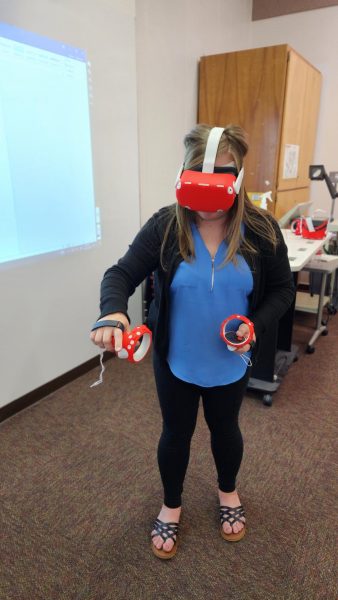Grocery delivery services are unable to keep up with demand
March 26, 2020
As the U.S. sees a rapid increase in the number of coronavirus cases, many Americans are choosing to quarantine themselves in their home to help to stop the spread of the virus, and for some, to obey a stay-at-home order. Though people may leave their homes to get supplies from essential businesses like grocery stores, many are instead turning to technology to avoid large crowds and minimize the risk of falling ill, but with grocery delivery services facing a high volume of orders, it’s unclear if customers will get what they pay for.
Throughout the pandemic, lawmakers and health officials have encouraged people to practice social distancing, the practice of remaining out of congregate settings, avoiding mass gatherings, and maintaining distance (approximately 6 feet or 2 meters) from others when possible, according to the CDC. This practice can become difficult when grocery stores across the country are constantly filled with customers during their shortened hours.
People who cannot afford the slightest increase in risk are opting to place their orders online, or through an app, and have it delivered to their front door to avoid any unnecessary interaction with the public.
Bakersfield resident Dee Green has used the app instacart for grocery delivery several times in recent weeks as a precautionary measure.
“I do not have to go to the store so why risk it? We do know (or knew) a person who died and my sister’s brother-in-law caught it on a cruise and he is hurting. So, until I know what to believe, I have decided to err on the side of caution,” Green said.
But the items displayed on the screen are anything but a click away.
Melissa Hill, a Public Relations representative for Albertsons Companies, the parent company of Vons, explained that the Vons website and third-party apps are standalone stores and do not accurately reflect the in-store inventory at any given time. Although the website or app might list an item as available, it does not mean that it will be stocked on the store floor when the shopper shops for the order.
Shipt and instacart employee Kari Kendrick said customers can request substitutions for unavailable items, but most items are hard to find at this time.
According to Hill, stores are seeing a greater demand for food because people cannot eat out at restaurants and kids are not getting their school lunches, meaning families are cooking more often than they used to.
Hill said they are receiving shipments as fast as manufacturers can give them. But with a shortage of employees in all areas of the supply chain, stores are having a difficult time keeping up with the demand.
Many customers are also finding it difficult to even place an online order.
Katie Hartsell recently explored grocery delivery options, but she could not find an available delivery window.
“I wanted to use delivery or pickup services at this time due to COVID-19 restrictions. However, I have tried in the past, and also had problems finding an available window, either same day or next day,” she said.
Small business owner Jen Riley used to rely on instacart for her groceries. She was very satisfied with the service, but the circumstances have changed.
“Very little availability. The drivers are doing their best, but it’s so limited,” she said.
Instead of facing uncertainty, Riley signed up for a meal delivery service to ensure she would consistently have enough food to feed her family, even when the stores do not. Although she does still have to go to the store to get other essentials, she does not have to stress about rummaging through what is left of the picked-over food.
Customers who manage to successfully place an order are experiencing delays in receiving them.
Kendrick said her biggest problem as a shopper has not been unavailable products, but getting into the stores that have lines just to step inside. She added that at the beginning, some Shipt orders got bumped to the next day because they could not keep up with the demand.
“As I am writing this, I can see 17 orders placed for tomorrow, and I am not on the schedule.[That means] people who have put themselves on the schedule see more orders than I can. Normally if I’m not on the schedule, I can’t see anything unless there is an overflow,” she said.
To combat this employee shortage issue, instacart is hiring 300,000 new employees to double its workforce to fulfill the volume of orders, according to NPR.
Albertsons Companies are also hiring employees for every position, according to Hill.
The convenience of an app might sound appealing, but it is still a guessing game when it comes to what customers will eventually get if they are lucky enough to submit an order.
Kendrick has decided to wait for the hysteria to die down until she tries to place her delivery order.
“I decided to just wait until it slows down. It will. It always does,” she said.





